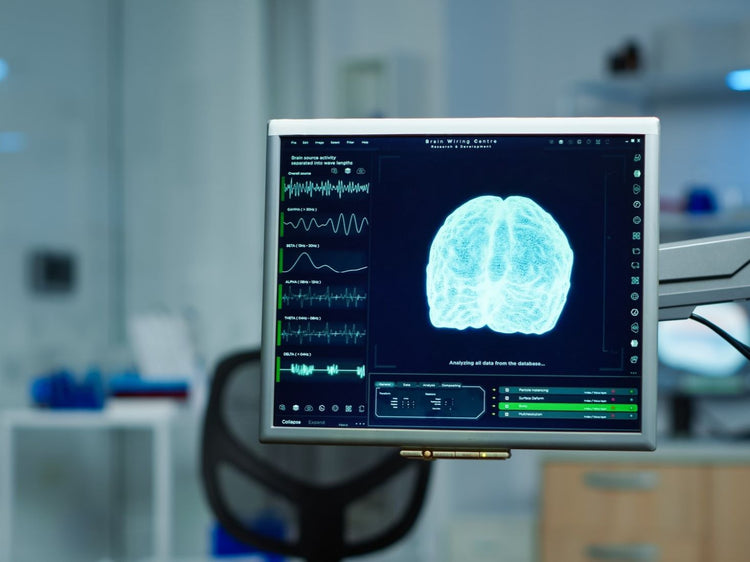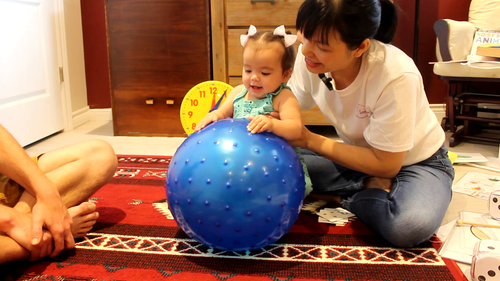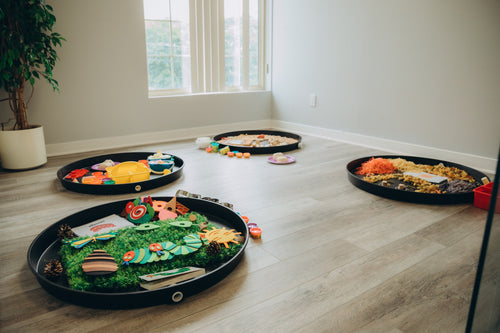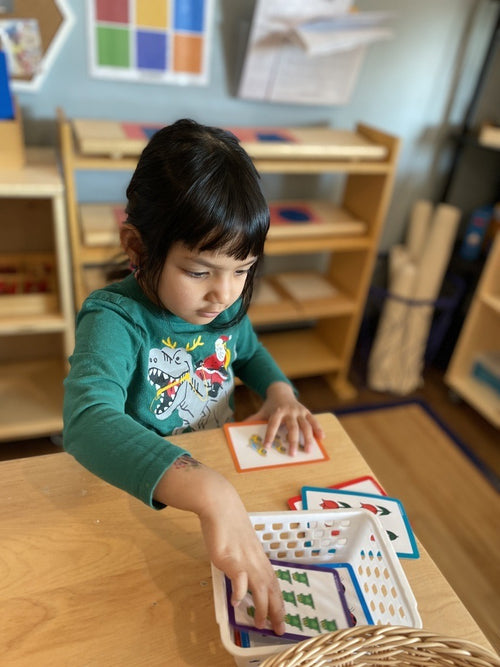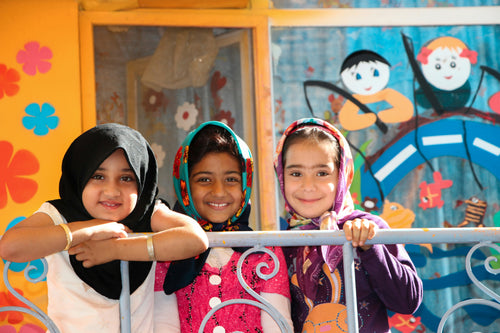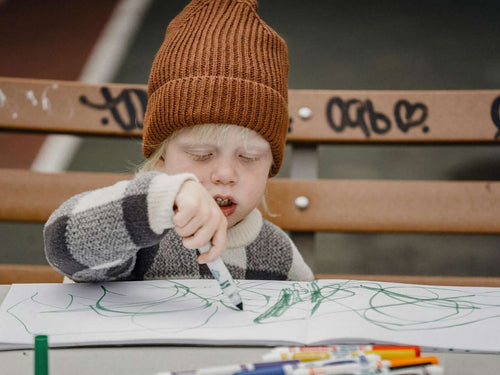Photographic memory, also known as eidetic memory, is the ability to recall images, sounds, or objects with high precision after only a brief exposure. While few people possess a perfect photographic memory, research suggests that everyone has the potential to improve their memory to some extent. By training your brain using specific techniques, you can sharpen your memory and recall information more quickly and accurately. This article will guide you through understanding photographic memory, its significance, and how you can develop and enhance it.
What is Photographic Memory?
Before diving into how to train photographic memory, it's essential to understand what it truly means. Photographic memory involves the ability to recall images or information with incredible accuracy after seeing it only once. While often depicted as a superpower in movies, true photographic memory is rare. However, many individuals can cultivate exceptional memory skills with practice, even if not on the level of perfect eidetic memory.
Learn more about how to boost brain development through visual learning.
Why should you develop Photographic Memory?
Improving your memory can have numerous advantages in both your personal and professional life. Here are some reasons why enhancing your photographic memory can be beneficial:
- Enhanced learning abilities: You can absorb information quickly, which can help you excel in academics or work.
- Stronger problem-solving skills: A good memory allows you to hold multiple pieces of information at once, aiding in logical reasoning and problem-solving.
- Increased productivity: With a better recall, you can minimize time spent on tasks that require you to revisit information or reread materials.
- Boosted creativity: Being able to visualize information clearly can spark more creative ideas, as you can make connections between different concepts.

Can Photographic Memory Be Trained?
While photographic memory may not be fully achievable for most people, there are several ways to train your brain to enhance memory retention and recall. By using specific techniques, you can significantly improve your capacity to store and retrieve information in a manner similar to photographic memory. Below are scientifically backed methods that can help you on this journey.
1. Visualization Techniques
One of the key components of photographic memory is the ability to visualize. Visualization involves creating a mental image of information you want to remember, such as a picture, list, or text. By practicing visualization, you strengthen the neural connections that help you recall these images later.
How to Practice Visualization:
- Start by observing a simple image for about 30 seconds.
- Close your eyes and try to visualize the image in as much detail as possible.
- Repeat this process, gradually increasing the complexity of the images you visualize.
Another effective technique is the "method of loci," where you visualize information in specific locations within a familiar place, such as your home. This technique trains your brain to store and retrieve information visually, much like those with photographic memory do.
2. Memory Peg Systems
Memory peg systems are another technique to train photographic memory. This method involves associating the information you need to remember with pre-determined "pegs" or mental hooks. For example, you can associate numbers with objects or rhymes, creating vivid images in your mind to link with what you want to remember.
How to Use Memory Pegs:
- Assign a visual image to each number (e.g., 1 = sun, 2 = shoe, 3 = tree).
- When you need to remember a list, create a mental association between the list item and the number. For example, if the first item on your list is "apple," you might imagine an apple being warmed by the sun.
- With practice, your brain will become quicker at retrieving these associations.
Memory peg systems enhance your recall by creating vivid, memorable connections, much like the visual recall seen in photographic memory.
3. Flashcards for Photographic Memory Training
Flashcards are a practical tool for training photographic memory. When used correctly, flashcards can engage both the left and right hemispheres of your brain, improving memory retention and recall speed.
Flashcard Method:
- Create flashcards with an image, word, or number on one side and the corresponding information on the other.
- Flash the cards quickly and try to recall the information after a brief glance.
- Increase the speed over time to force your brain to absorb and retain the information rapidly.
The more frequently you expose your brain to new data, the better it becomes at recalling it quickly and accurately, mimicking the characteristics of photographic memory.
Get your free printable right brain training flashcards here
4. Chunking Information
Another highly effective memory-training technique is chunking. Chunking involves breaking down large pieces of information into smaller, more manageable parts. By organizing data into bite-sized chunks, your brain can store and recall the information more easily.
How to Use Chunking:
- For example, if you need to remember a long string of numbers, break it down into groups of three or four. Instead of memorizing "567891234," break it into "5678" and "91234."
- Apply this method to other types of information, like vocabulary lists or historical facts.
Chunking can help you create mental categories, allowing you to access information quickly and easily—similar to the way individuals with photographic memory can recall specific details from a larger picture.
5. Mind Mapping
Mind mapping is a technique that enhances memory by visualizing relationships between different pieces of information. When you create a mind map, you're actively engaging both the creative and logical sides of your brain, which strengthens memory retention.
How to Create a Mind Map:
- Start by writing down a central idea or topic.
- From that main idea, branch out into subtopics, and from each subtopic, add supporting details.
- Use colors, shapes, or images to enhance the visualization.
The mind map helps organize complex information visually, which is a hallmark of how photographic memory functions—quickly seeing connections between seemingly unrelated data.
6. Regular Memory Exercises
Training photographic memory requires consistency. Just like any other skill, memory improves with regular practice. Incorporate memory exercises into your daily routine to keep your brain sharp and enhance your recall abilities.
Simple Memory Exercises:
- Memorize short lists of random objects or numbers each day.
- Play memory games or apps designed to improve recall.
- Practice recalling detailed information from recent experiences, like a conversation or a page from a book.
These daily exercises gradually train your brain to function in a way that resembles photographic memory.
7. Adopt a Healthy Lifestyle
Your brain, like the rest of your body, performs best when it’s well-nourished and cared for. A healthy lifestyle can contribute to better memory performance and overall cognitive function.
Tips for Brain Health:
- Nutrition: Eat brain-boosting foods like fish, nuts, and leafy greens.
- Exercise: Regular physical activity increases blood flow to the brain, enhancing cognitive function.
- Sleep: Adequate rest is crucial for memory consolidation and recall.
- Mental Health: Stress and anxiety can negatively impact memory, so practicing mindfulness or meditation can help maintain mental clarity.

While developing a true photographic memory may not be possible for everyone, the good news is that you can train your brain to improve your memory and recall skills significantly. Visualization, memory peg systems, flashcards, chunking, and mind mapping are all proven techniques that can help you enhance your mental recall. By integrating these methods into your daily life and maintaining a healthy lifestyle, you can sharpen your brain’s ability to store and retrieve information with greater ease, bringing you closer to the experience of photographic memory.
The journey to developing a photographic memory is one of patience and consistent effort. As you apply these techniques, you’ll begin to notice improvements in your ability to retain details, recall images, and organize information. With dedication, you’ll train your brain to work more efficiently and potentially unlock the remarkable powers of a photographic memory.
At Smartizen, we offer a specialized Whole Brain Training Program designed to help children unlock their full cognitive potential, including the development of photographic memory. Using proven techniques like flashcard learning and visualization, our curriculum stimulates both hemispheres of the brain, fostering improved memory retention and recall. Book a free trial class with us to learn more about how whole brain training can unclock your child's full potentials.

